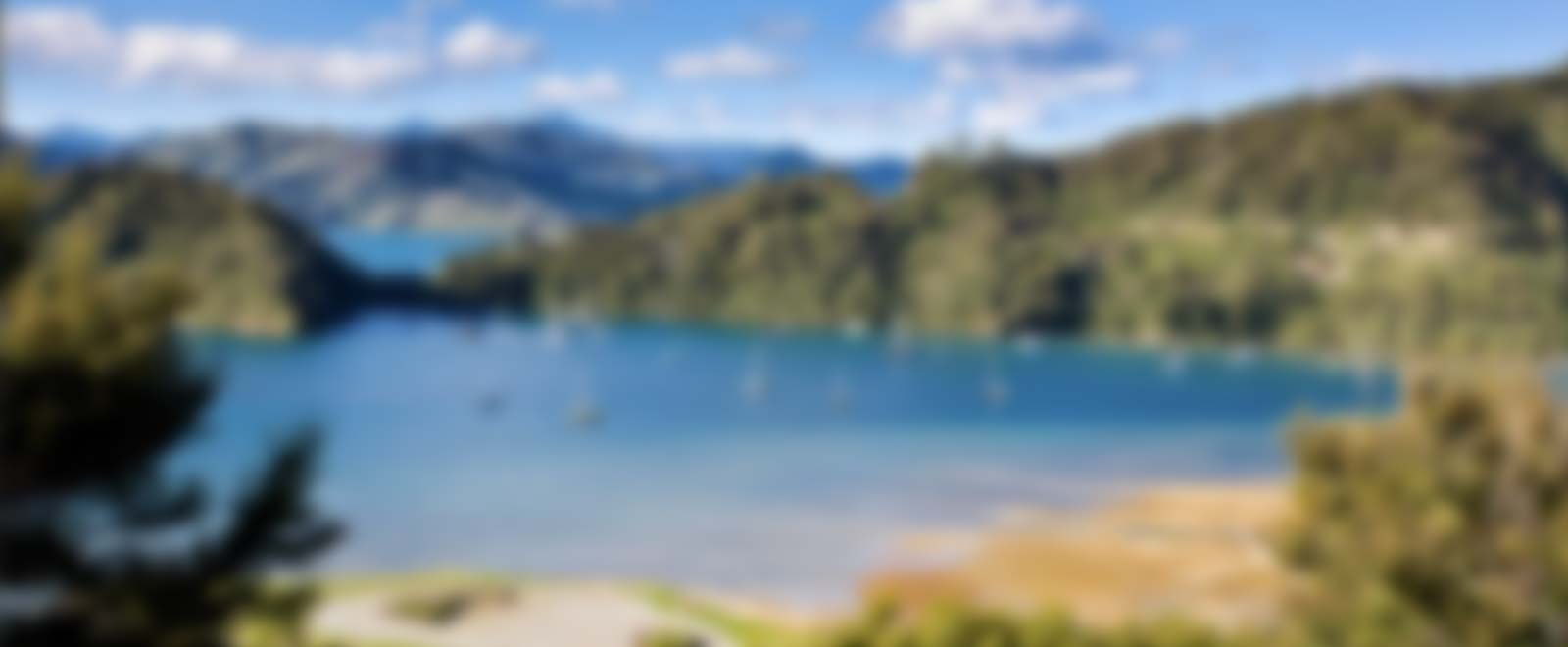This bay is sometimes known by the name, Copper Ore Bay.1
From the 1860s onwards, copper mining took place in the bay. The D’Urville Island Copper Mine Company started prospecting in 1866 and sunk several 27 metre deep shafts and tunnels.
In early 1879, two shipments of copper ore were sent to Australia for smelting.
The company closed in 1880 due to financial difficulties.2
The mining shafts in this bay still exist but are largely hidden by vegetation. It is necessary to use caution when walking around the bay due to the hazards posed by these shafts.
D’Urville Island is of significant geological interest. In 1770, the botanist Joseph Banks, on the HMS Endeavour noted the mineral wealth in the rocks on the eastern side of Rangitoto ki te Tonga / D’Urville Island and Māori have quarried the island for pakohe (argillite) for many centuries.
Coppermine Bay sits on a mineral belt that runs from Top House on the Wairau River to Stephens Island (Takapourewa). The rocks in this belt contain high levels of several minerals, including copper. The copper in the bay is of significant potential value but the difficulties of extraction and sea transport and ecological and cultural concerns make mining in this area a difficult prospect.3
1. Olive Baldwin, Story of New Zealand’s French Pass and d’Urville Island (Plimmerton: Fields Publishing House, 1979) 134.
2. Brathwaite, Bob and Christie, Tony, Mineral Commodity Report 4 — Copper (Institute of Geological and Nuclear Sciences Ltd, 1999), accessed June 19, 2018, https://www.nzpam.govt.nz/assets/Uploads/doing-business/mineral-potential/copper.pdf .
3. I. W. Keys, “The Cultural Succession and Ethnographic Features of D'Urville Island”, The Journal of the Polynesian Society, 69 (1960), accessed April 24, 2018, http://www.jps.auckland.ac.nz/document/?wid=3081 .



